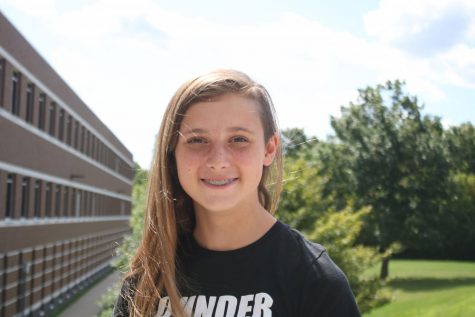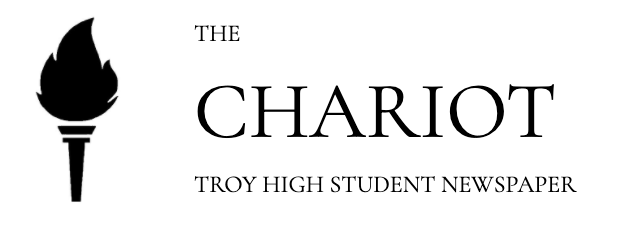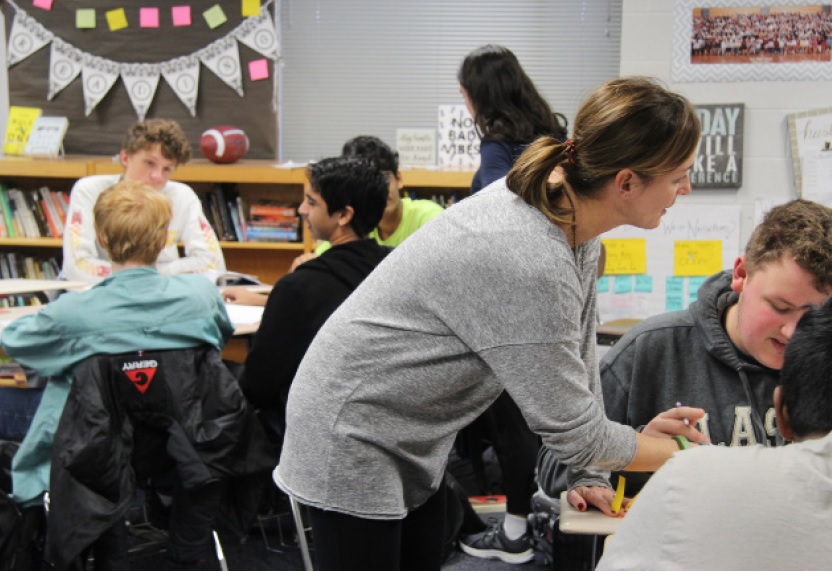No Two Are the Same
The learning style of students are compared to teachers
English Teacher Jodie Duda assists students during their class time.
Snowflakes are very similar to students. Each are differently shaped, and no two snowflakes are the same, just like every student has their own way of learning. Education is delivered in distinct categories, may it be visually, hands-on or auditory. Over time, students develop methods in learning that work best for them to ensure their understanding of classroom materials. What works for one student may not be the same for another, like memorization or even through a catchy song, which may make some classes tougher than others. This depends on how the teacher educates their class, and just like students, every teacher delivers their information in a different way.
According to a study called “The Learning Styles and the Preferred Teaching—Learning Strategies of First Year Medical Students” from the U.S. National Library of Medicine, hands-on learning is the most common method of learning.
“The most common unimodal preference was kinaesthetic, followed by visual, auditory and read and write,” the study said.
Kinaesthetic, also known as hands-on, is learning through experiencing the material for yourself, usually following instructions, or using the sense of touch to understand the material. Hands-on learning includes labs in science, using building blocks in math, or putting on a skit for English.
Sophomore Lucas Leight follows the majority of students when it comes to learning.
“I definitely learn using hands-on,” Leight said. “I’ve been using this learning style as often as I can, but teachers don’t usually present an opportunity to. It helps me concentrate on the task at hand, and it makes the experience more fun, but it’s extremely rare for teachers to use it.”
Sophomore Ru Bhagwat has both similar and different viewpoints.
“I learn using hands-on because I feel like I’m confident with the material,” Bhagwat said. “I think by doing homework and worksheets and solving problems using the hands-on method, students can be more efficient. My teachers use the hands-on learning style very often.”
Leight says his teachers don’t often use his preferred learning style, while Bhagwat said her teachers often did. Every student has a personalized schedule, giving them different teachers. Just like students learn differently, teachers also have their own way of instructing.
Biology Teacher Meghan Sermo shows she is open to all kinds of learning techniques to help her students.
“I use a variety of learning style techniques,” Sermo said. “I have been trying to do more modeling labs in class with the new science standards. I think a hybrid approach is the best way to teach all learning styles.”
This isn’t all Sermo does for her students. Sermo also assists her students with memorizing the classroom materials.
“I have been trying to integrate more hands-on and modeling in my classroom for 5-7 years,” Sermo said. “I also tend to use dance moves to help students remember specific concepts.”
Students and teachers are all very different and unique just like snowflakes; no one is wired exactly the same. Each individual intakes and delivers material in their own way, but sometimes this shows to be a problem for students in understanding materials. No two are the same when it comes to education, which makes communication between students and teachers something for everyone to consider when trying to strengthen their academic skills, or when improving their education techniques.
Your donation will support the student journalists of Troy High School - MI. Your contribution will allow us to print our work, purchase equipment and cover our annual website hosting costs.


